Patellofemoral Pain Syndrome Taping
Patellofemoral pain syndrome taping. The patellofemoral taping is normally immediately effective in providing you with pain relief. Patellofemoral Pain Taping Taping is a great way of relieving symptoms of patellofemoral pain by helping to control the position of the patella kneecap. Eg activity modification NSAIDs ice or cold application and patellar taping or patellar bracing.
Aim of patellofemoral pain taping. Level of evidence 3. Patellofemoral pain syndrome PFPS is a multifactorial condition that may be the result of more than one anomaly.
No studies have examined the effect of patellar taping on vertical jump height and knee extensor moment and power during a maximal vertical jump or lateral step-up. First introduced in 1984 by Jenny McConnell a physical therapist in Australia patellar taping has become increasingly popular. Taping is commonly used in the management of several musculoskeletal conditions including patellofemoral pain syndrome PFPS.
Twenty-two subjects with PFPS participated in the study. Taping for patellofemoral pain syndrome. There is evidence for short-term use of taping and bracing for these conditions.
The evidence for injections at this time is limited and remains under investigation. A total of 118 consecutive patients with. A randomized controlled trial.
J Athl Train 404341-351. Patellofemoral Taping Aminaka N Gribble PA 2005 A systemaOc review of the effects of therapeuOc taping on patellofemoral pain syndrome. Your physiotherapist will utilise a range of helpful tricks including pain-relieving techniques joint mobilisations massage strapping and acupuncture to assist you during this painful phase.
Patellar taping patellofemoral pain syndrome lower extremity kinematics and dynamic postural control. This study was undertaken to investigate the effect and predictors of effectiveness of taping in the treatment of patellofemoral pain syndrome.
In addition no difference was apparent in pain outcomes between McConnell taping technique and Couman bandage.
Your physiotherapist will utilise a range of helpful tricks including pain-relieving techniques joint mobilisations massage strapping and acupuncture to assist you during this painful phase. Patellofemoral Taping Aminaka N Gribble PA 2005 A systemaOc review of the effects of therapeuOc taping on patellofemoral pain syndrome. However research on the efficacy of patellar taping. The first stage in the management of patellofemoral pain syndrome is symptom control. Eg activity modification NSAIDs ice or cold application and patellar taping or patellar bracing. Level of evidence 3. Taping is commonly used in the management of several musculoskeletal conditions including patellofemoral pain syndrome PFPS. This study was undertaken to investigate the effect and predictors of effectiveness of taping in the treatment of patellofemoral pain syndrome. Patellofemoral pain syndrome PFPS is a multifactorial condition that may be the result of more than one anomaly.
Level of evidence 3. Taping on pain strength joint position sense and balance in patients with patellofemoral painsyndrome PFPS. The evidence for injections at this time is limited and remains under investigation. Aminaka N1 Gribble PA. Eg activity modification NSAIDs ice or cold application and patellar taping or patellar bracing. This finding indicates that patellofemoral pain syndrome is best treated by using more than 1 intervention. One of the most common yet least understood treatment technique for patellofemoral pain may be patellar taping or also referred to as McConnell taping.



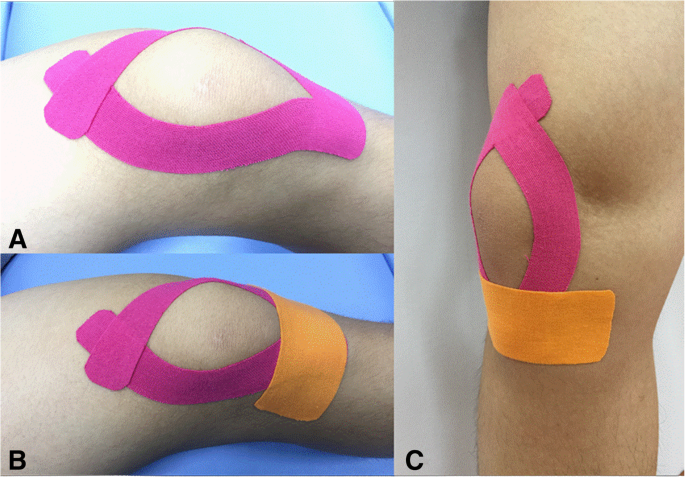
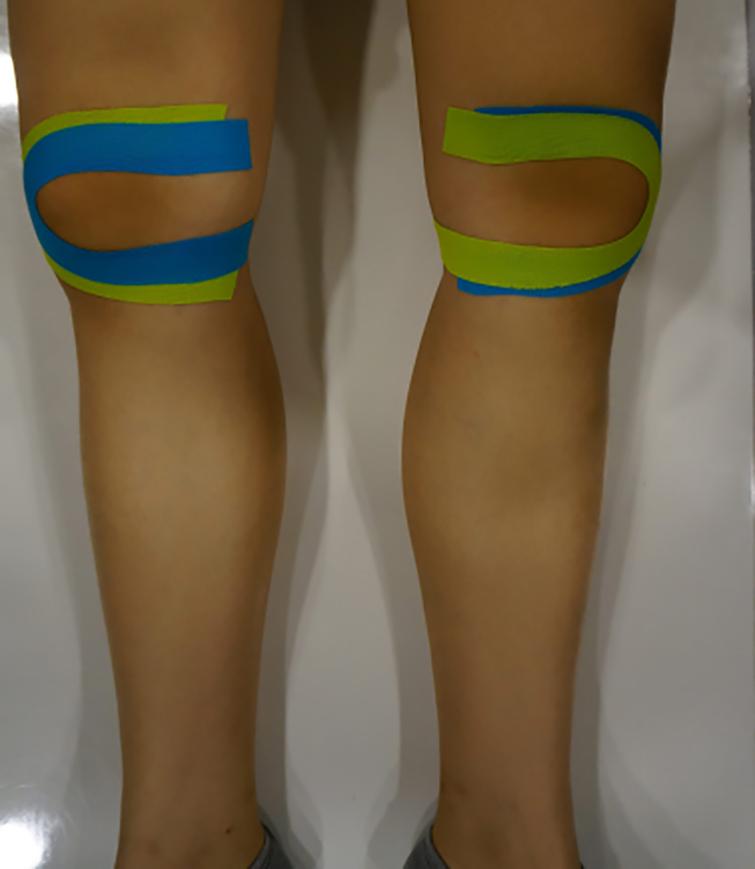

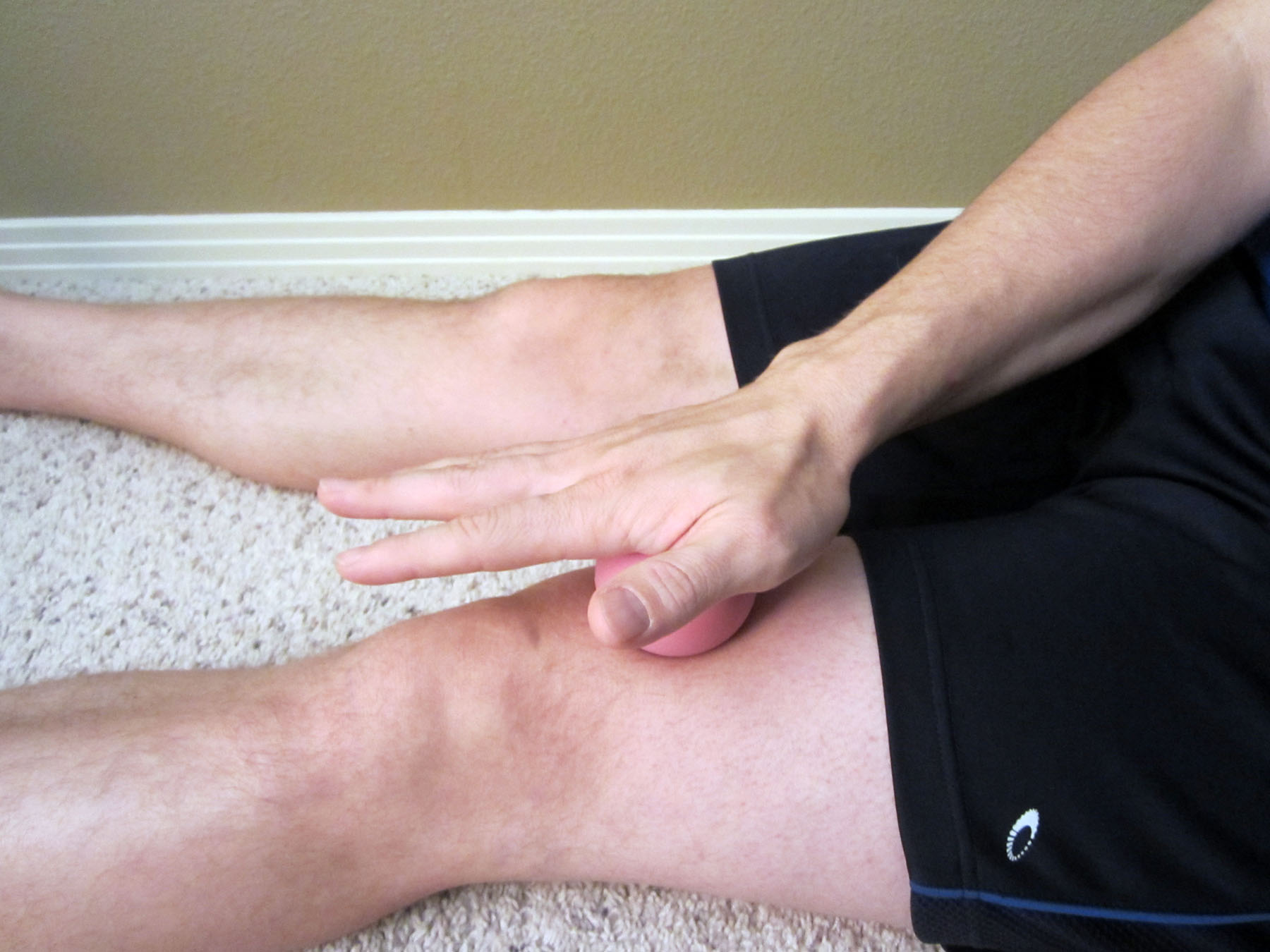




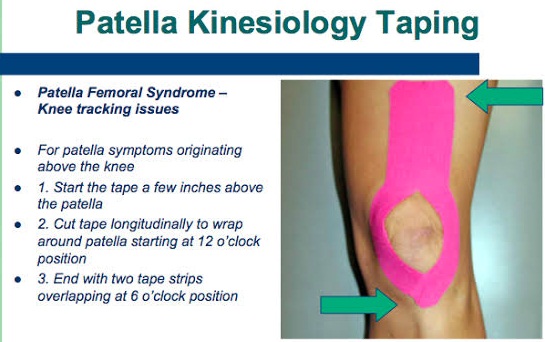
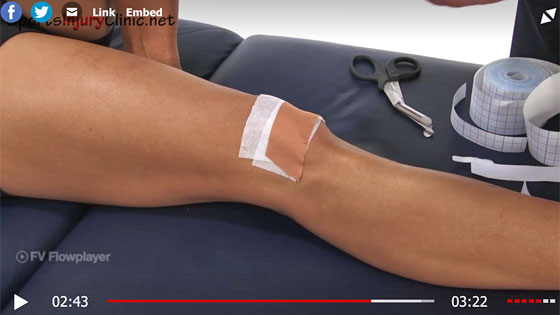






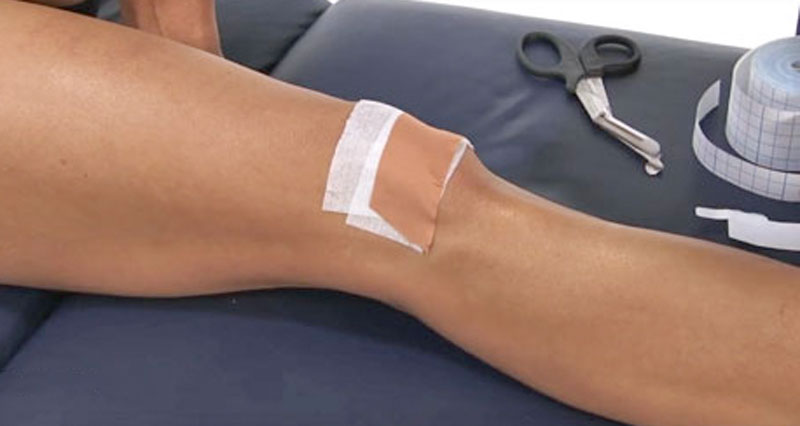

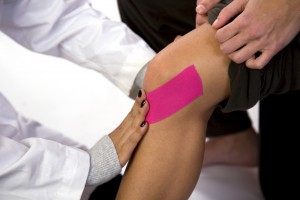


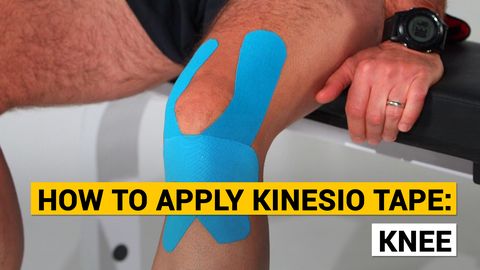









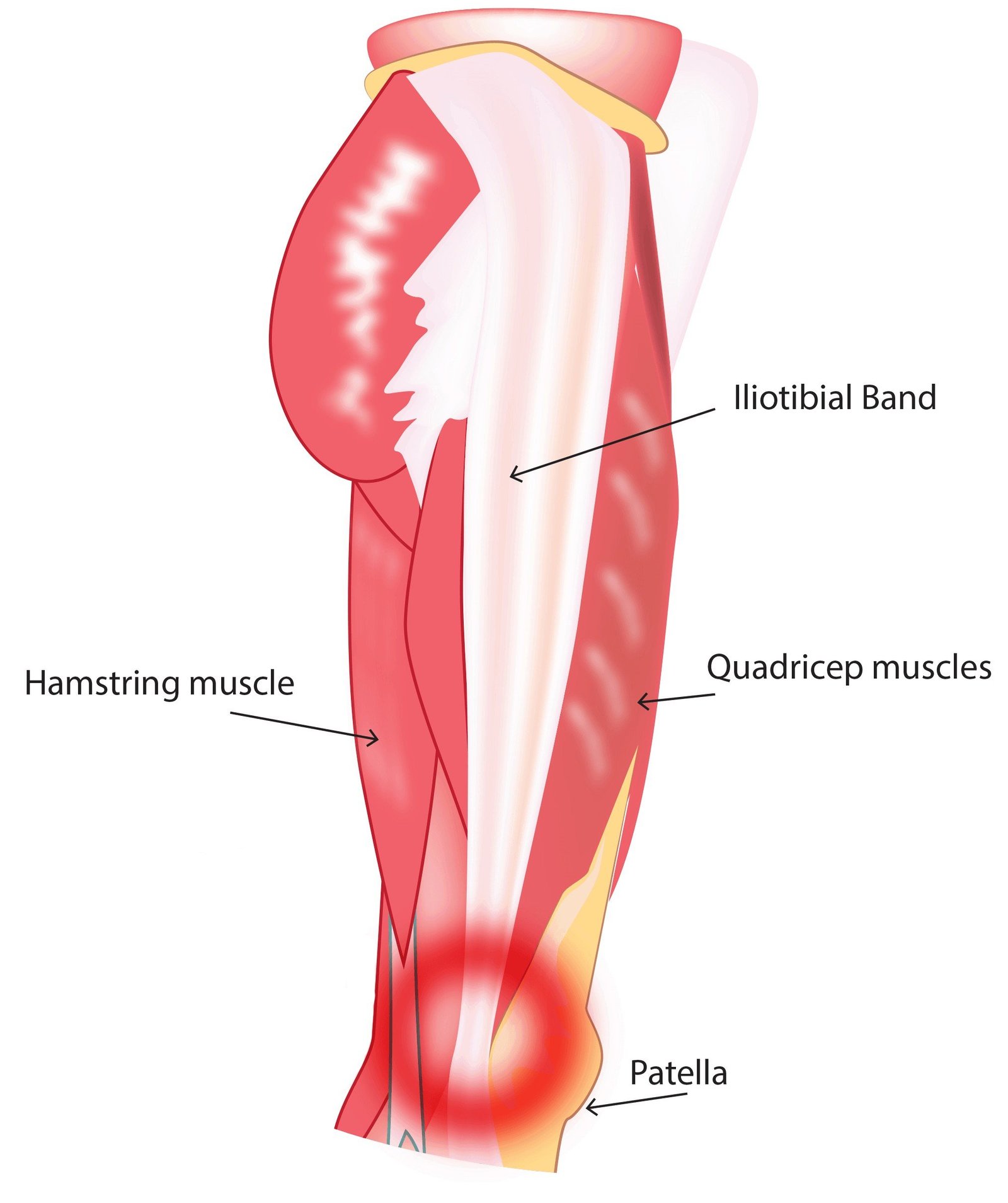




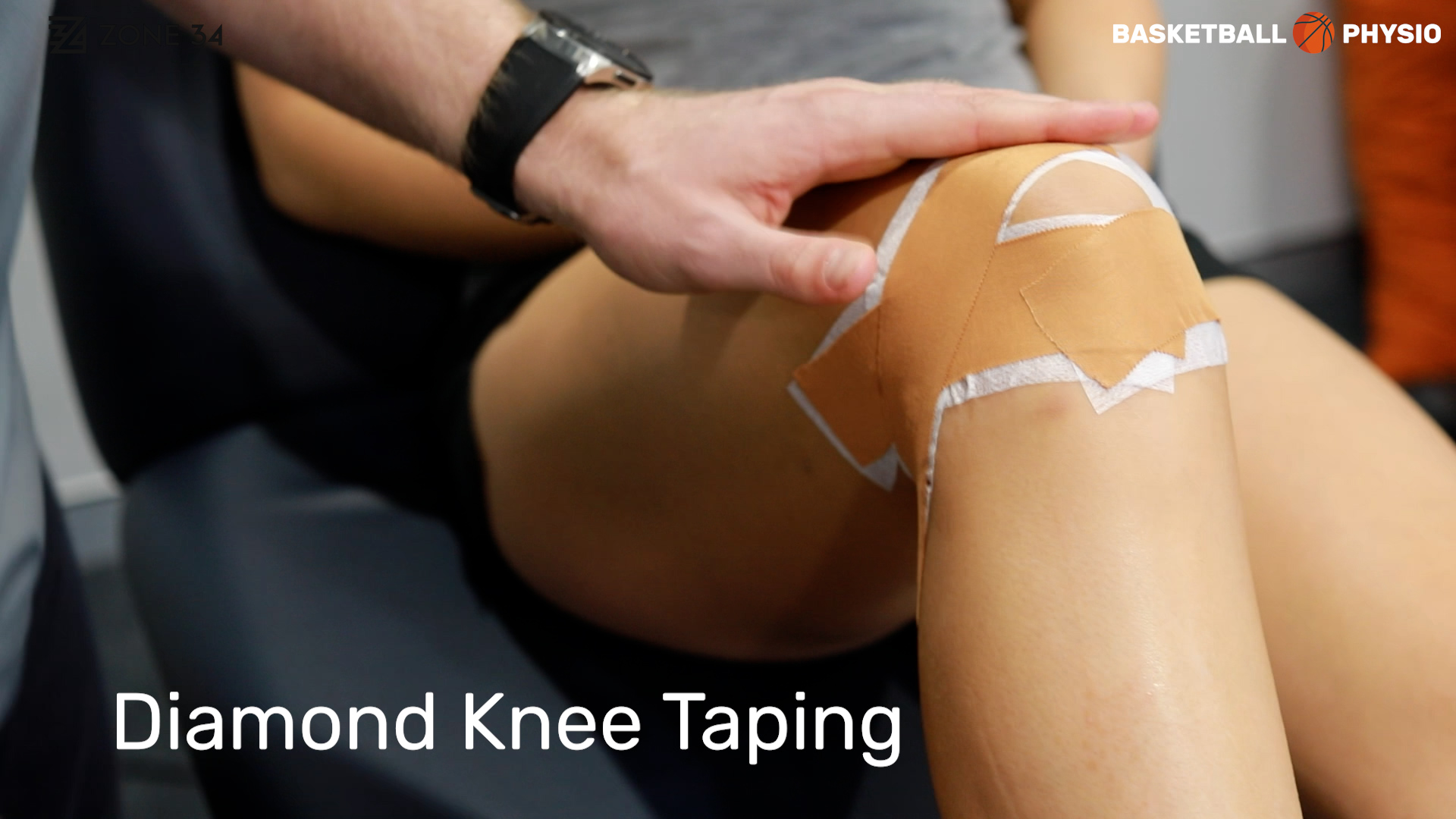


Posting Komentar untuk "Patellofemoral Pain Syndrome Taping"